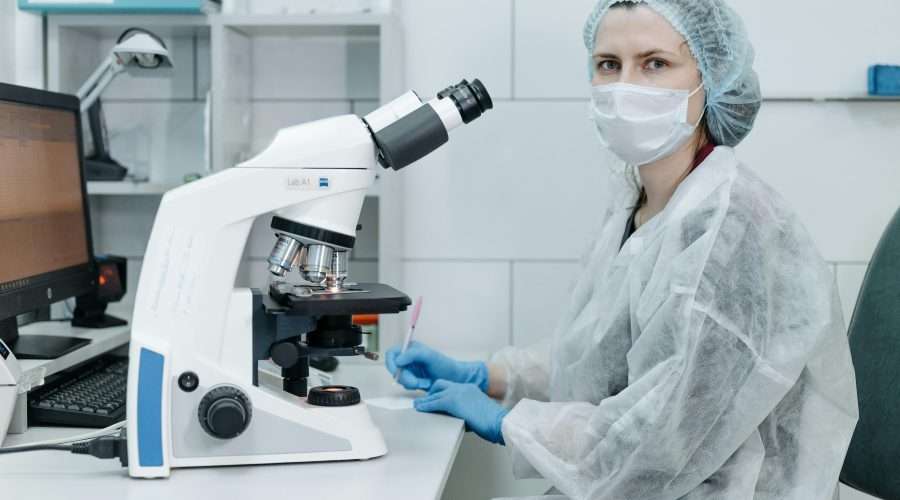The shift towards non-invasive testing methodologies has brought saliva-based tests into the spotlight. Valued for their ease of collection and reduced discomfort, saliva tests are utilised across various settings, including healthcare, workplaces, and education. In contrast to traditional blood samples or the discomfort of nasopharyngeal swabs, saliva collection involves minimal training and risk. Accommodating these advantages, a drug test saliva kit serves as an exemplary tool within the professional landscape, offering timely and reliable drug testing results.
The effectiveness of saliva-based tests, however, is contingent on their context of use. In some environments, such as schools, their convenience may encourage widespread uptake and regular monitoring, the cornerstone of infection control. Meanwhile, in more vulnerable settings, such as in prisons, uptake might be low, affecting the overall efficacy. Scientific studies also highlight the need for specificity in handling saliva samples compared to swabs to maintain accuracy. By acknowledging the intrinsic differences in each setting, users can ascertain the suitability and expected reliability of saliva-based testing methods.
Key Takeaways
- Saliva tests provide a convenient alternative to traditional methods.
- Effectiveness varies with the context and setting.
- Handling and processing of saliva is critical for accuracy.
Efficacy of Saliva-Based Detection Methods
Saliva-based tests for detecting various pathogens, including SARS-CoV-2, have become increasingly prominent due to their non-invasive nature and ease of self-collection. They offer a practical alternative to traditional nasopharyngeal swabs, especially in settings where quick and repeated testing is necessary.
Accuracy in Clinical Settings
In clinical settings, saliva-based tests have shown a high degree of concordance with nasopharyngeal swab results, especially when proper collection and handling protocols are followed. Several studies have indicated their success in accurately detecting SARS-CoV-2. For instance, the use of saliva as a sample type is said to be potentially as reliable as nasopharyngeal samples if adequate methodologies are applied, considering factors such as sample collection, storage, and processing.
Performance in Community Screening
For community screening, saliva-based tests offer an efficient and scalable approach. They not only facilitate widespread testing due to their simplicity but also minimise discomfort and the risk of exposure for healthcare workers. Their performance is robust, providing reliable results that can help monitor and control outbreaks in a timely fashion. The effectiveness of community screening programmes hinges on both the sensitivity and specificity of the testing methods employed, and saliva-based options have demonstrated competence on both fronts. With their non-invasive nature, saliva tests can enhance participation rates and frequency of testing, crucial for tracking infections within communities.
Comparison and Contextual Application
When exploring the effectiveness of saliva-based tests, it’s essential to analyse their performance compared to traditional methods, their adaptability across diverse groups, and the overarching challenges they face.
Saliva Tests vs Nasopharyngeal Swabs
Saliva-based tests for medical diagnostics, such as drug swab test kits, offer a non-invasive alternative to nasopharyngeal swabs. They tend to be more comfortable for patients and simpler to administer, which can encourage higher participation rates in testing programmes. However, it is critical to compare their sensitivity and specificity. Studies have indicated that while nasopharyngeal swabs may have higher sensitivity in hospital settings, saliva tests are gaining ground due to their cost-effectiveness and ease of use.
Use in Different Populations
The adaptability of saliva tests across various populations is a significant advantage. These tests have been utilised effectively in a wide range of environments, from hospitals to community-based settings and workplaces. For individuals who may find nasal swab testing difficult—such as children, the elderly, or those with disabilities—saliva testing provides an accessible alternative.
Challenges and Considerations
The deployment of saliva-based testing faces several challenges. The consistency of the sample collection method is one such issue, as variations can affect the accuracy of results. Moreover, the storage and transport of samples must maintain the integrity of the saliva for precise analysis. It is also necessary to continually evaluate the performance of saliva tests against emerging clinical scenarios and pathogens to ensure ongoing reliability.
Conclusion
In light of the evidence, it is clear that saliva-based tests offer a non-invasive, accessible, and cost-effective approach to disease diagnosis. These tests are not just convenient for self-collection, but also reduce exposure risks for healthcare workers. Studies confirm the reliability of saliva-based testing for COVID-19, comparable to more traditional methods like nasopharyngeal swabs. Saliva samples have been found to contain biomarkers significant for disease diagnosis, presenting the potential for early detection of conditions like COVID-19. However, you should note that the effectiveness of these tests can vary depending on the setting and context. Adopting saliva-based testing in vulnerable settings can enhance testing coverage and protection for individuals in these environments. It’s essential to continue supporting research in this area to optimise the application and accuracy of saliva-based diagnostics for various diseases.
For more news click thebritaintimes.co.uk
